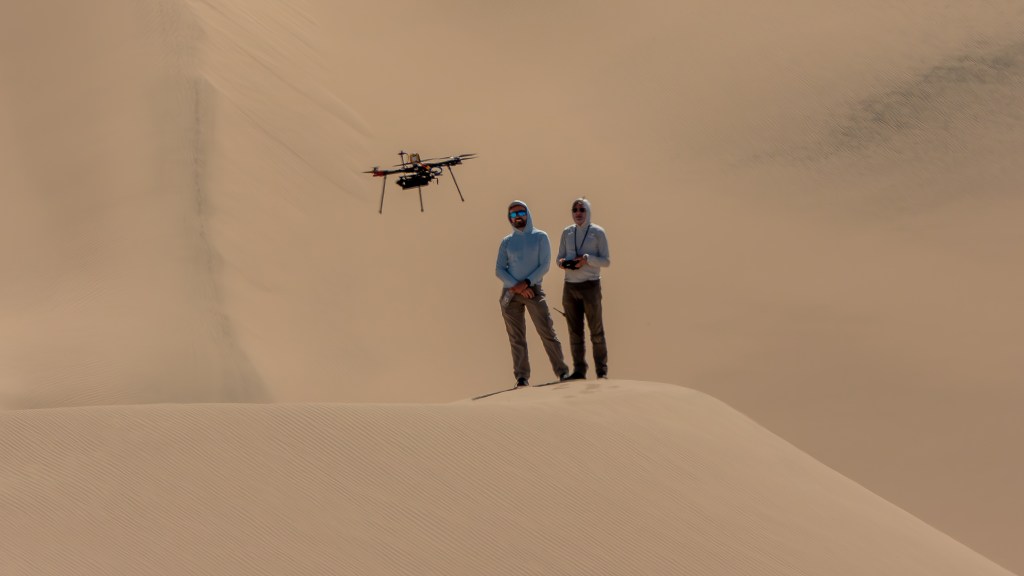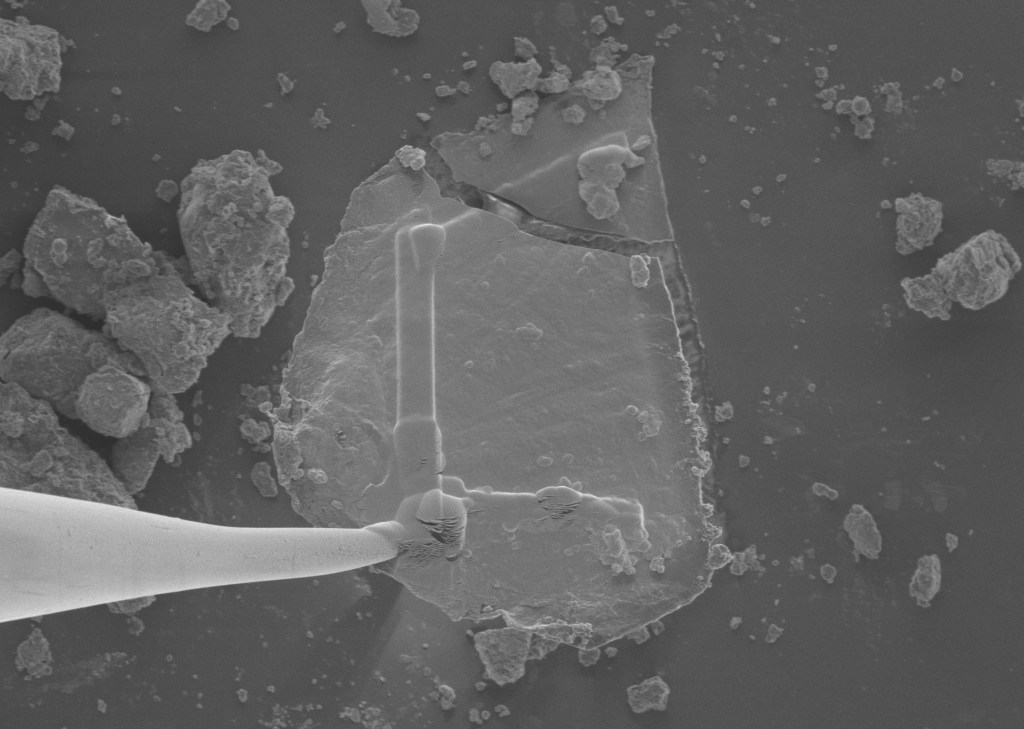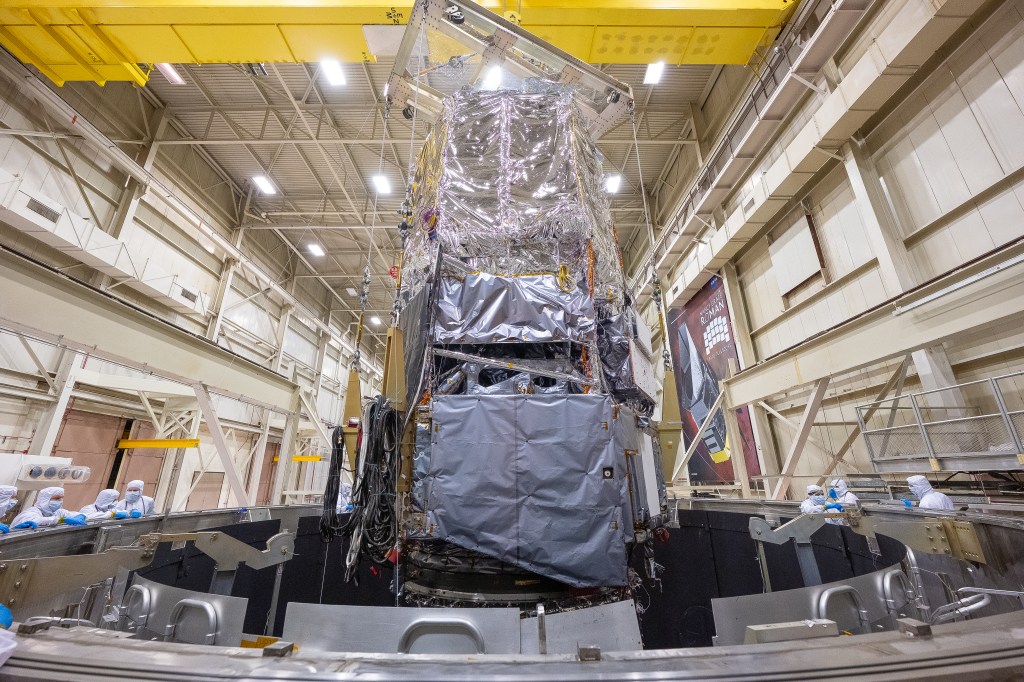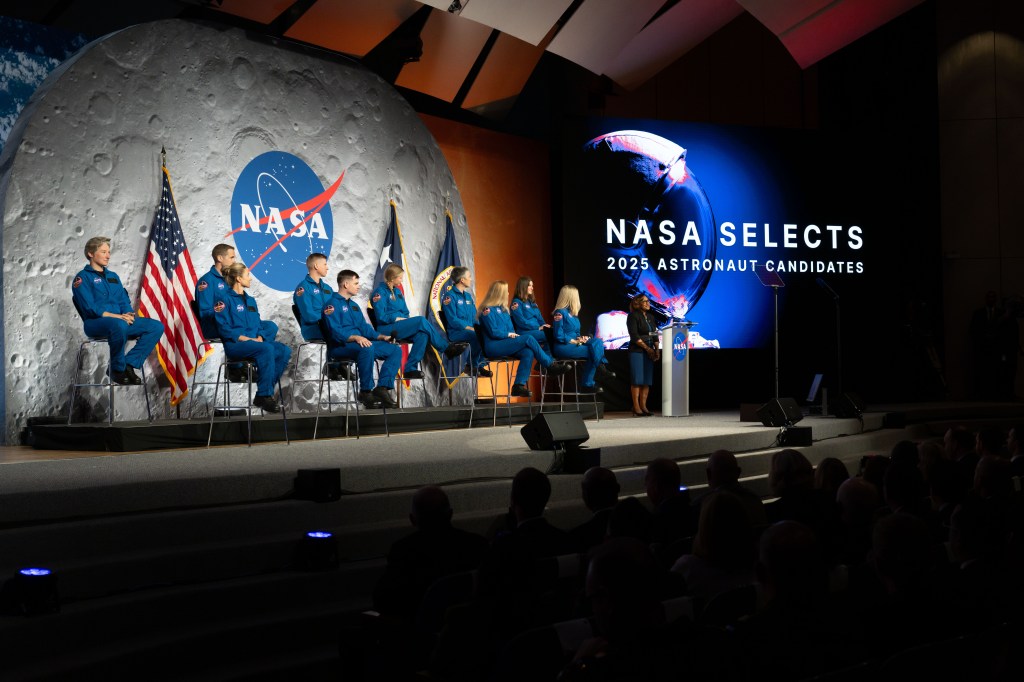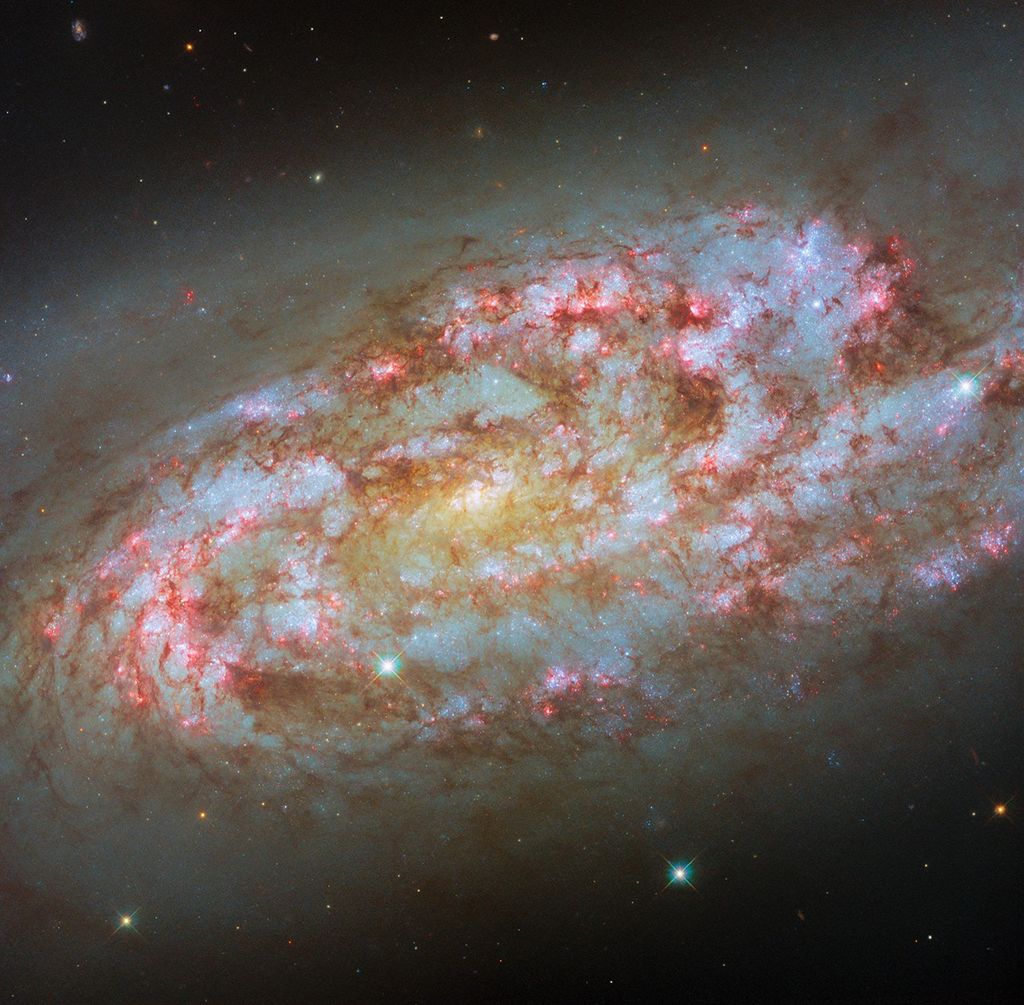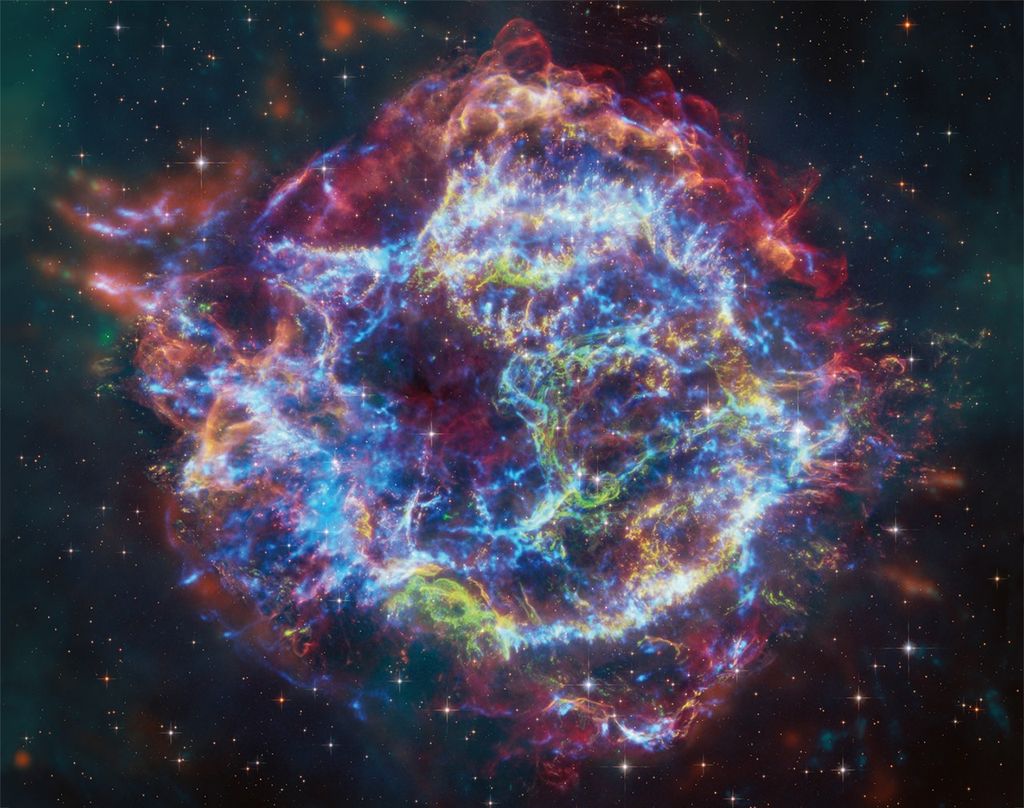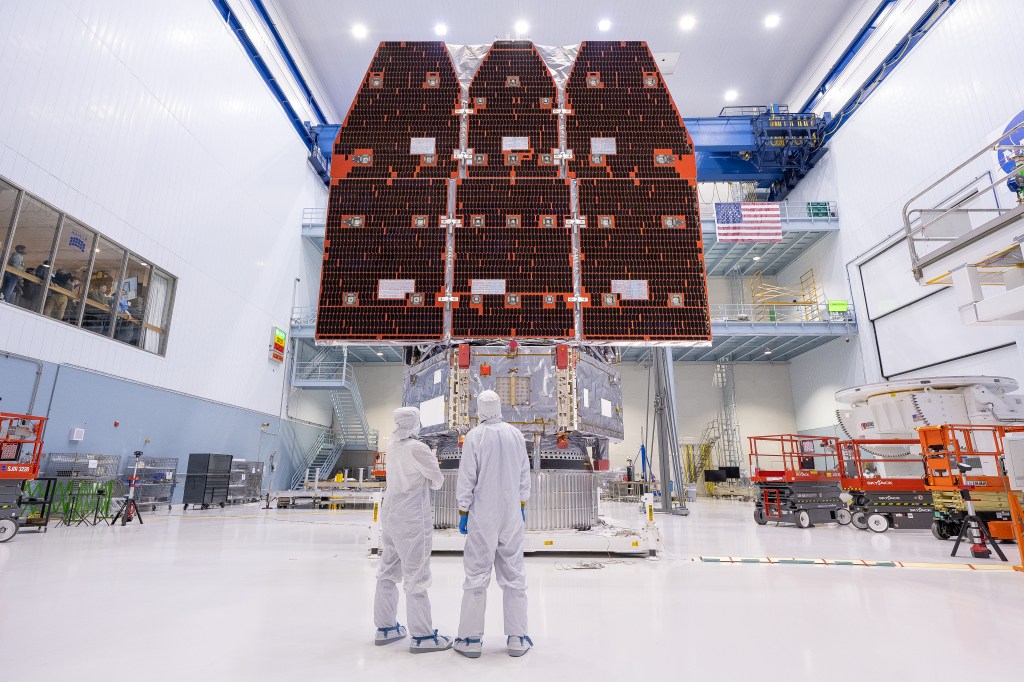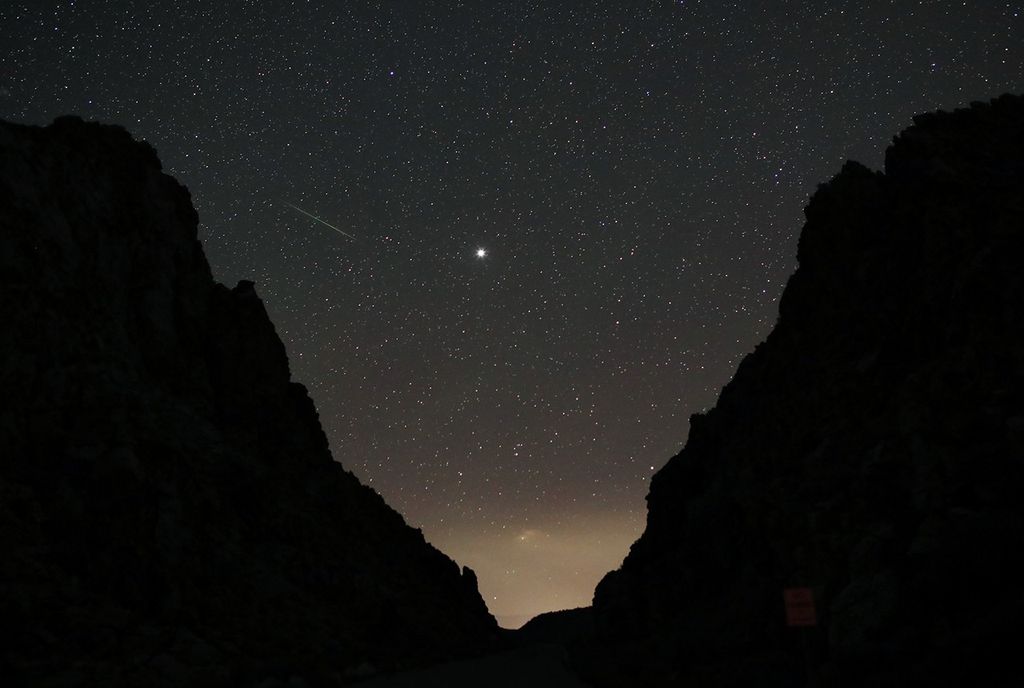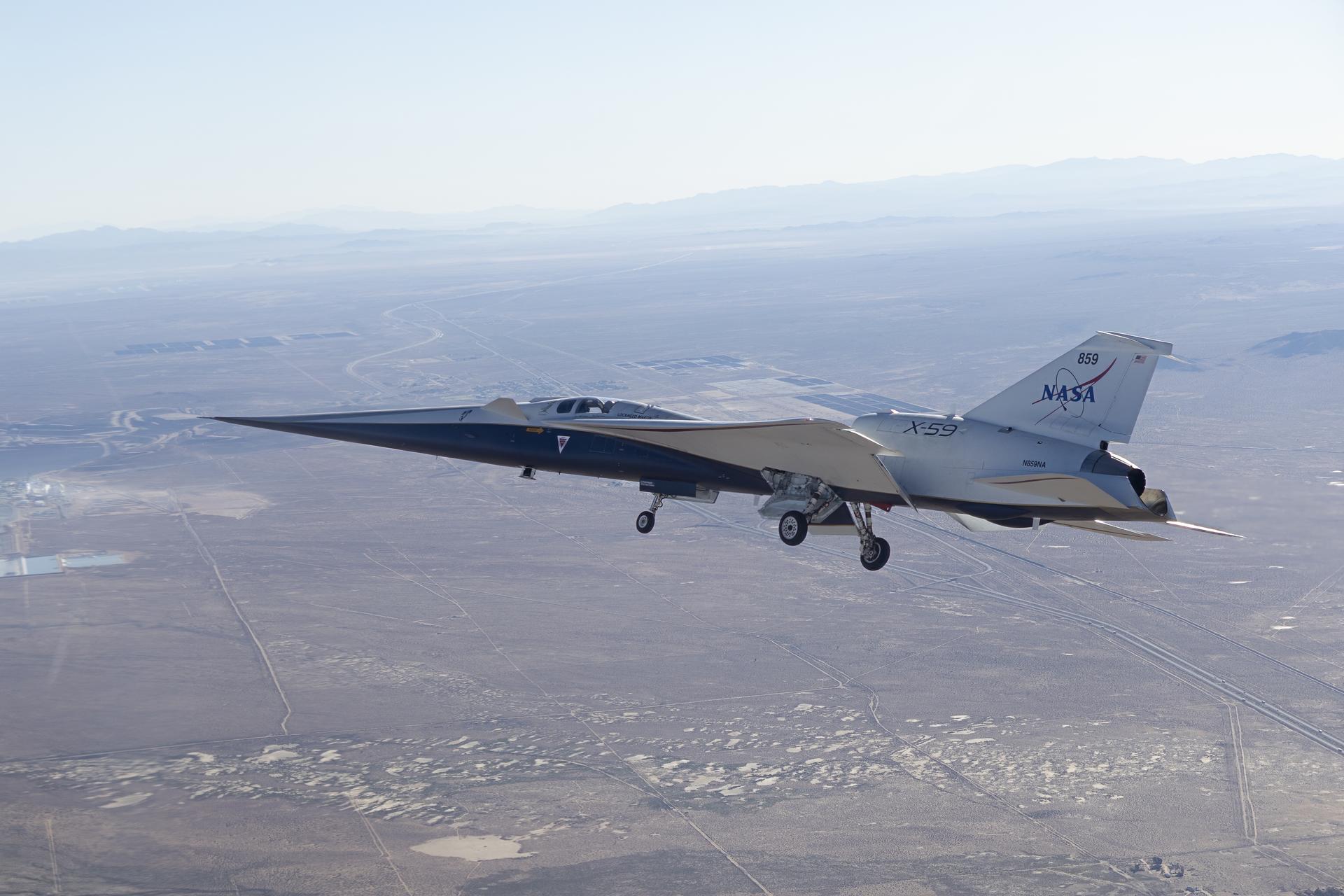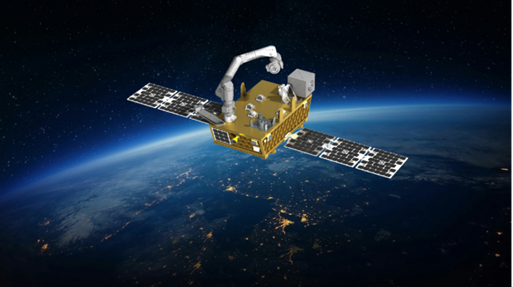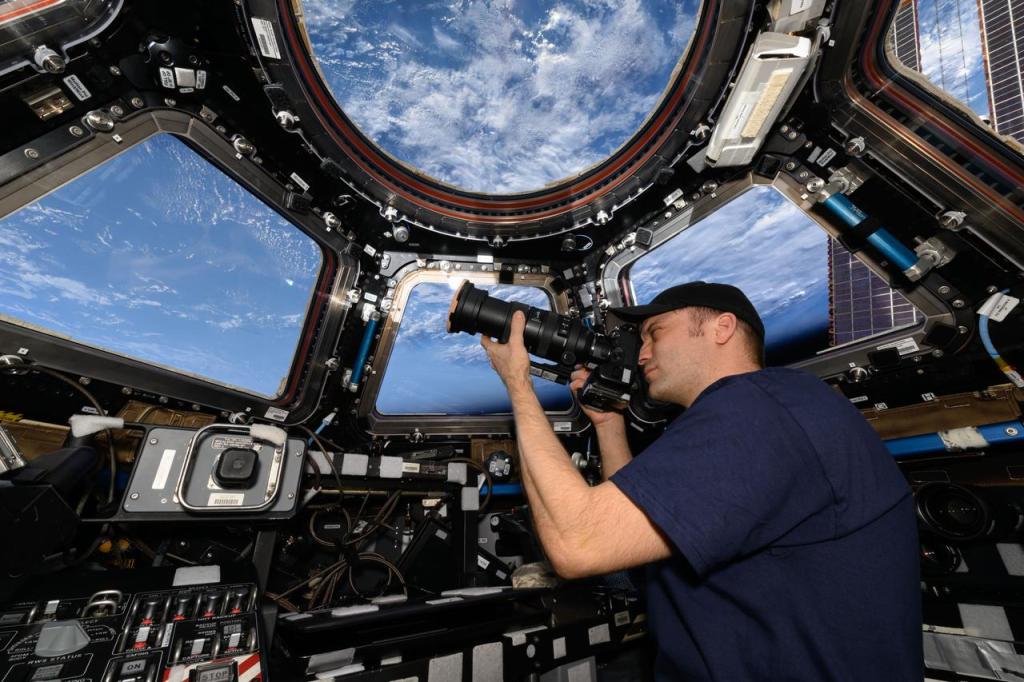Partners
The Nancy Grace Roman Space Telescope is managed at NASA’s Goddard Space Flight Center in Greenbelt, Maryland, with participation by NASA's Jet Propulsion Laboratory and Caltech/IPAC in Southern California, the Space Telescope Science Institute in Baltimore, and a science team comprising scientists from various research institutions. The primary industrial partners are Ball Aerospace and Technologies Corporation in Boulder, Colorado, L3Harris Technologies in Melbourne, Florida, and Teledyne Scientific & Imaging in Thousand Oaks, California.

JPL is building Roman’s Coronograph Instrument technology demonstration and is involved with detector validation and developing the Coronagraph’s science capabilities. The Coronagraph will provide the first in-space demonstration of technologies needed for future missions to image and characterize rocky planets in the habitable zones of nearby stars. By demonstrating these tools in an integrated end-to-end system and enabling scientific observations, NASA will validate performance models and provide the pathway for potential future flagship missions.

Caltech/IPAC is home to the Roman Science Support Center. It is responsible for Roman’s Coronagraph Instrument operations, high-level data processing of spectroscopy data from the WFI, high-level data processing for WFI microlensing, and community engagement for Roman exoplanet science and wide-field spectroscopy. Caltech/IPAC will also implement the proposal solicitation and grant management for the General Astrophysics Program which includes observations outside the mission’s core surveys, theory, and archival investigations. Caltech/IPAC also curates telescope and instrument parameters and simulation outputs, and engages the greater scientific community in preparing for science with Roman.

STScI is Roman’s Science Operations Center (SOC). The SOC is responsible for the mission’s observation scheduling system, WFI data processing system for the imaging mode, high-level science products for all imaging, and the mission’s entire data archive. STScI has performed pre-formulation, formulation, and design activities for Roman, and continues its role in science operations system engineering, design, science research support, scientific community engagement, and public outreach.

